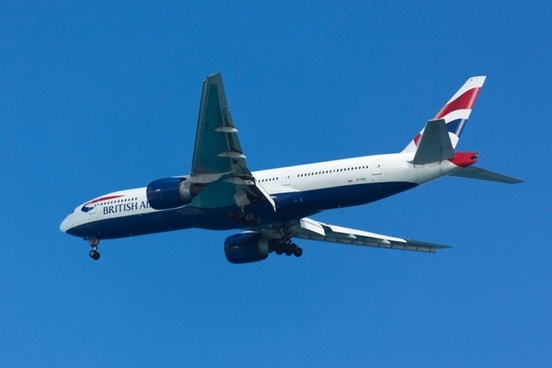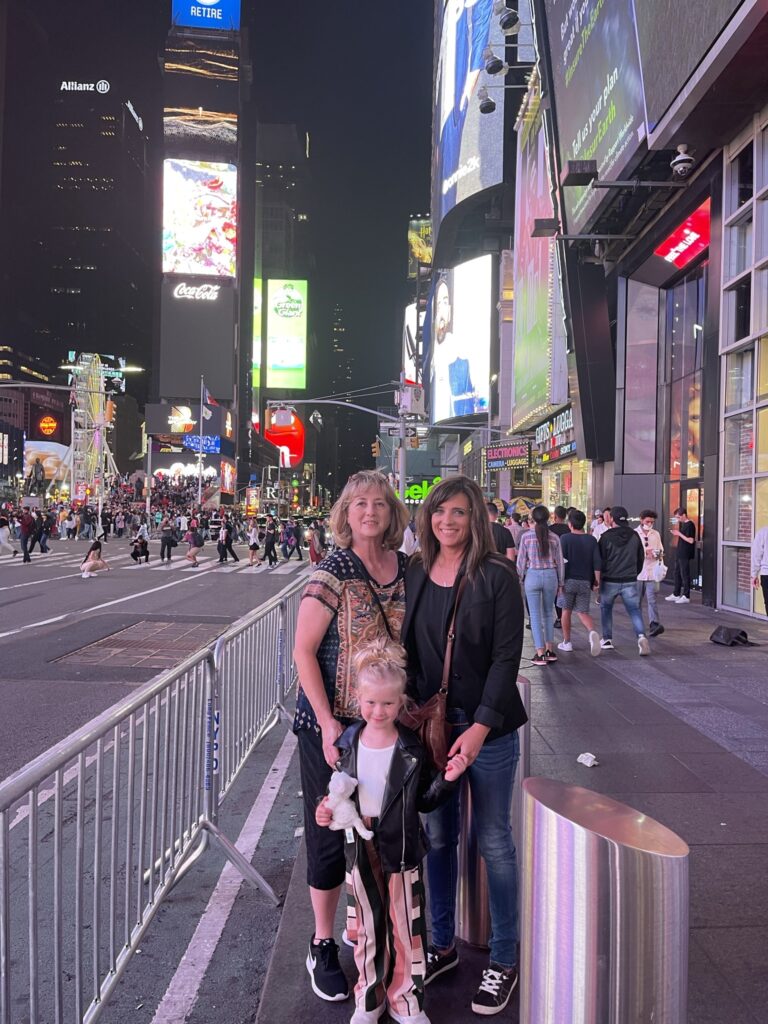We may earn money or products from the companies mentioned in this post.
12 PERSONAL SAFETY TRAVEL TIPS
1. Be Aware of Your Surroundings.
2. Always know where your Exits are.
3. Have paper copies of your boarding pass, hotel, and car rental reservations.
4. Have a portable charger for your phone.
5. Carry cash; at least $200 – $300 cash separate from your purse or wallet in a safe, easily accessible place.
6. Clean out your wallet, you only need your ID, passport, two credit cards and your cash.
7. Use the safe in your hotel room or stateroom on a cruise ship.
8. Learn how to use the Emergency SOS on your iPhone or android.
9. Put your medical information in your health app on your iPhone or android.
10. Stay in well-lit areas
11. Carry a small first-aid kit.
12. Leave someone a copy of your itinerary and let them know how to contact you in an emergency.
13. BONUS TIP: Try not to put yourself in any situation that you are going to need to be rescued from. You will have much more fun!
These tips were given to me by Mr. Doug Parisi, Director of Training at SafeDefend. Mr. Parisi has over 20 years in law enforcement, including another 3+ years as Police Academy Commander. He is now the Director of Training at SafeDefend, a company that focuses on personal and community safety.

PUT YOUR OXYGEN MASK ON FIRST
How many times have you sat through a pre-flight presentation and found yourself half listening to the important information being shared? Perhaps you were getting ready to begin watching a movie on your phone or computer or continue to read your book thinking you have heard this all before. Half-way through your flight the captain comes over the intercom saying, “Ladies and gentlemen, we are experiencing some unexpected turbulence. I have switched on the seat belt sign. Please remain seated.”
As the turbulence worsens you start becoming anxious. Your hands become cold and clammy. You feel your heart beating faster as you start looking around trying to remain calm. “Where was the closest exit?” “What were you supposed to do first?” “Where was the floatation device and when does the oxygen mask drop down?” “If I had only paid attention.”
I recently had the pleasure of interviewing Mr. Doug Parisi, the Director of Training for SafeDefend. Doug shared with me a handful of important safety tips when venturing away from the comfort zone and security of your own home.
Doug Parisi has over 20 years’ experience in law enforcement and was the Police Academy Commander for over 3 years. He is currently the Director of Training and Development for a company dedicated to teaching personal safety called SafeDefend. His tips can help make your next trip a memorable one.
_______________________________________________________________
12 Tips for Personal Safety While Traveling
- Be alert. Be Aware of Your Surroundings, be Present, pay attention, Listen.
- Plan “B”. Whenever you go anywhere, (restaurants, movies, theaters, airports, flights, hotels, cruise ships), always have a Plan “B.” Know where the exits are. Flight attendants know their business. When your oxygen mask drops down, remember to put yours’ on first before helping others. Confirm your floatation device is under your seat. Make a mental note of the closest exit remembering it may be behind you. Discipline yourself to do this every time you fly. If an emergency presents itself your pre-flight preparation will come in handy. You will become the poster child for Nike as you will be in the correct frame of mind to “just do it.”
- Technology is great, but what happens when it fails? Print out and carry a paper itinerary with you that has your boarding pass, hotel and car rental reservations and confirmation numbers. If your cell phone is lost, stolen, or simply is not working you have everything you need.
- Credit Cards are necessary, but you need a back-up plan. Carry $200 – $300 cash so you would be able to get a taxi or a meal if credit cards are lost or stolen. Keep your cash in an easily accessible place separate from your wallet, purse and credit cards.
- Travel light. Do you really need everything in that purse or wallet of yours? All you need is your photo ID, passport, (if traveling internationally), 2 credit cards, medical insurance card and your cash. Clean everything else out and leave at home. One thing that I do is take a photo of my passport and photo ID with my cell phone. If they are lost or stolen, I can still prove who I am, and the ID and passport are easier to replace when you have the numbers available. Notify your bank before traveling so they know it is you using your credit cards. This can prevent the card from being “declined” because the bank thinks it is stolen or being used fraudulently.
- Have a portable charger to use for your cell phone. It should fit in your purse or backpack.
- Be reachable. Someone in your family should know where you are and how to get a hold of you in case of an emergency.
- The free safes in your hotel room or cruise stateroom are there to safeguard your personal items. Please don’t be afraid of using them. The only person that sets and knows the combination is you. If you forget the combination, the staff will open the safe for you with a key, you must be in the room, and then you will reset your own new combination. Put this one in a safe place where you won’t lose it. (I speak from experience.)
- Learn how to use the emergency features on your iPhone or android. The phones can initiate the call to 911 and give your location without you having to make the call. It is well worth your time to set this feature up on your phone no matter which device you have.
- Set up your medical information on your iPhone in the “health icon.” Medical personnel can then access this information if needed in an emergency. Your iPhone will also contact your emergency contacts to let them know you needed medical help and your location.
- Taxi! If you are travelling in an Uber or Taxi by yourself, make sure you have the driver drop you off in a well-lit area, and maybe a few doors down from where you are going.
- Carry a small first-aid kit. If you get hurt, this can buy you time until help arrives. Make sure your first-aid kit has some type of bandages (small gauze pads will do, and some Coban tape, to stop any bleeding). The Coban tape sticks to itself and holds the gauze pads in place.
- BONUS: Try not to put yourself in any situation that you are going to need to be rescued. You will have much more fun!
So yes, put your oxygen mask on first. In other words, you are taking the responsibility of keeping yourself safe. Then you will be able to help others.
I am extremely grateful to Mr. Doug Parisi, for taking the time to give me these words of wisdom to pass on to you. These expert safety tips can make you feel better anytime you are venturing away from your home. They will make you a savvier and safer traveler, whether you are with others or alone.
My late husband had over 20 years’ experience in law enforcement as well. We have used some of these tips when we traveled in the past. Some of these tips are new to me and I will use them to keep myself safe as I hope you will too. Safe travels always.

